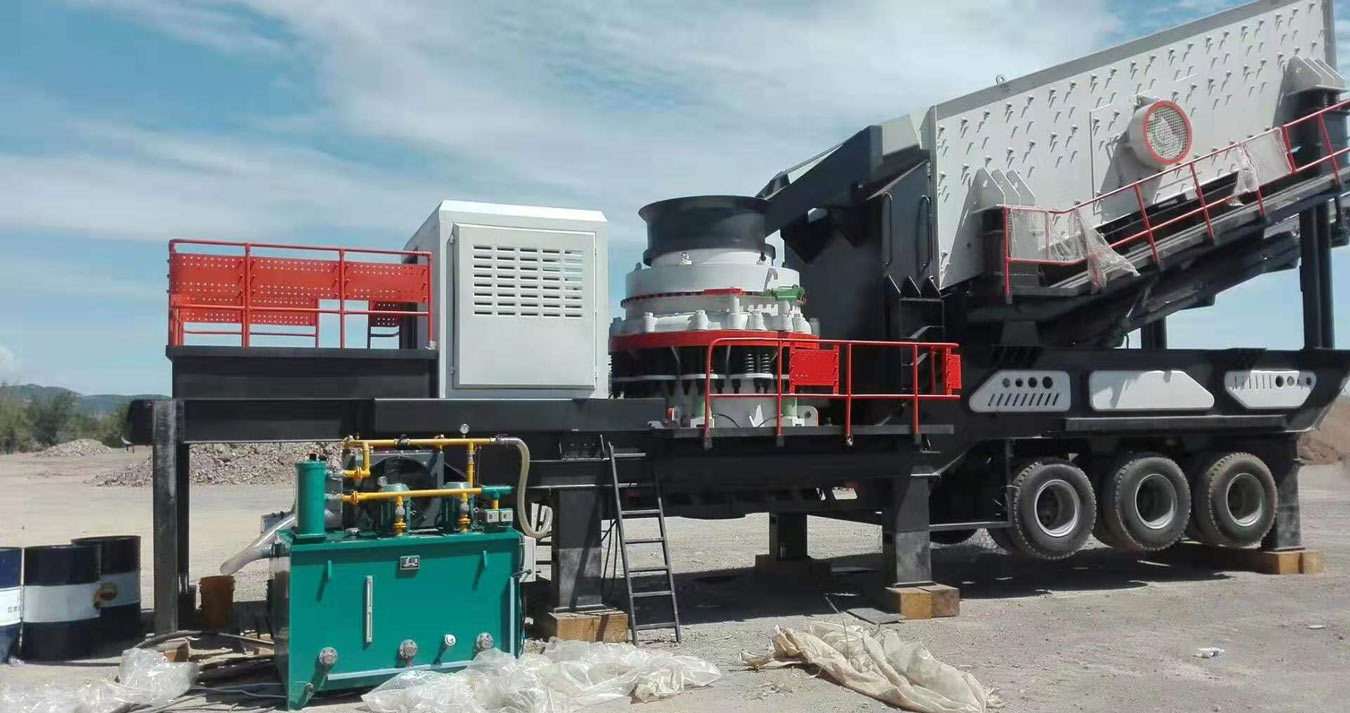The mining and construction sectors in Latin America are rapidly evolving, driven by infrastructure development and increasing demand for aggregates. However, operating aggregate crusher plants and other crushing equipment safely and in compliance with local laws is a complex challenge. Countries across the region have developed distinct site protection standards and safety regulations that operators must navigate to avoid penalties, ensure worker safety, and minimize environmental impact.
This article explores the varied safety and site protection requirements for crushing plants in key Latin American countries, highlighting best practices and regulatory considerations for stone crusher en Mexico, portable debris crusher operations, and other installations.
Overview Of Crushing Plant Safety Regulations In Latin America
Mining and aggregate crushing sites(planta procesadora de agregados) inherently pose risks due to heavy machinery, dust generation, noise, and large volumes of loose materials. Latin American governments recognize these risks and have implemented regulations that address equipment safety, environmental protection, and worker health.
Although many countries share common goals, the specifics of site protection standards and safety legislation vary considerably. This variation requires operators to stay informed and adapt their processes accordingly.
Country-Specific Site Protection And Safety Requirements
Mexico: Comprehensive Regulation For Stone Crusher Operations
Mexico maintains one of the more developed regulatory frameworks for crushing plants. The stone crusher en Mexico(trituradora de piedra en mexico) must comply with guidelines from SEMARNAT (Secretaría de Medio Ambiente y Recursos Naturales) concerning emissions control, noise limits, and water management.
Operators are required to install dust suppression systems, including water sprays and filters, to minimize particulate release. Safety measures such as guarded conveyors, emergency stop mechanisms, and proper signage are strictly enforced.
In addition, Mexico mandates regular workplace safety training and audits to ensure compliance with NOM-031-STPS-2011, which governs the prevention of occupational hazards in mining and construction environments.
Brazil: Environmental and Labor Safety Emphasis
Brazil’s crushing plant operators face stringent environmental licensing procedures. Agencies such as IBAMA (Instituto Brasileiro do Meio Ambiente e dos Recursos Naturais Renováveis) enforce regulations related to land use, water discharge, and air quality.
Aggregate crusher plant installations must include measures for noise abatement and erosion control due to the country’s sensitive ecosystems. Worker safety follows the standards of NR-22, a regulation that sets forth health and safety protocols specific to mining activities.
Brazilian regulations also emphasize community engagement and require companies to conduct environmental impact assessments before project approval.
Chile: Advanced Worker Protection and Site Monitoring
Chile has developed advanced worker safety laws, requiring crushing plant operators to implement hazard identification, risk analysis, and safety controls under the Ministry of Health’s guidelines.
Portable and fixed plants alike must be equipped with guarded machinery, vibration dampening, and ergonomic controls. Regular monitoring of dust levels, noise exposure, and equipment maintenance records is compulsory.
For environmental protection, Chile mandates revegetation plans and water resource management, especially in mining regions vulnerable to desertification.
Argentina and Peru: Growing Focus On Site Safety and Environmental Protection
Argentina and Peru are continuously updating their safety regulations to match international best practices. Both countries require portable debris crusher(trituradora de escombros portátil) operators to maintain clean work sites with clear access paths and emergency response plans.
In Peru, the Ministry of Energy and Mines oversees safety certifications, requiring crushing plants to adhere to operational limits on noise and dust, and to install emergency shutdown systems.
Argentina’s Secretariat of Mining enforces site perimeter security, worker PPE standards, and machinery safety interlocks, aiming to reduce accidents on aggregate crusher plant sites.
Best Practices For Compliance Across Latin America
- Dust and Noise Control: Use of water sprays, dust collectors, and noise barriers is essential to comply with air and sound pollution standards.
- Machinery Safeguards: Guarding of belts, pulleys, and crushers, along with emergency stop devices, reduces injury risk.
- Worker Training: Ongoing education on hazard awareness, PPE usage, and emergency protocols is critical.
- Environmental Management: Proper waste disposal, erosion control, and site restoration protect local ecosystems.
- Regular Audits: Internal and external inspections ensure continuous adherence to evolving regulations.
Conclusion
Operating a crushing plant in Latin America requires thorough understanding and compliance with a patchwork of national regulations and site protection standards. Whether running a stone crusher en Mexico, a portable debris crusher in Peru, or a large-scale aggregate crusher plant in Brazil, adhering to safety and environmental guidelines is fundamental for legal operation and sustainable business success.
Contractors and plant managers should prioritize up-to-date training, invest in modern safety equipment, and engage local experts to navigate regulatory complexities. By doing so, they contribute to safer work environments, reduced environmental impact, and stronger reputations within Latin America’s competitive mining and construction sectors.


Comments
No comments yet. Be the first to react!